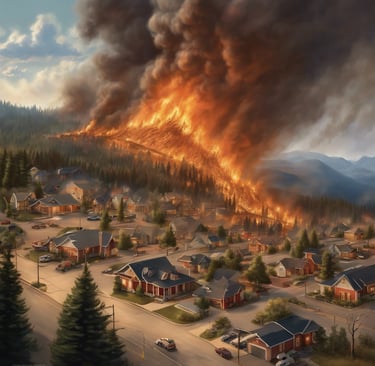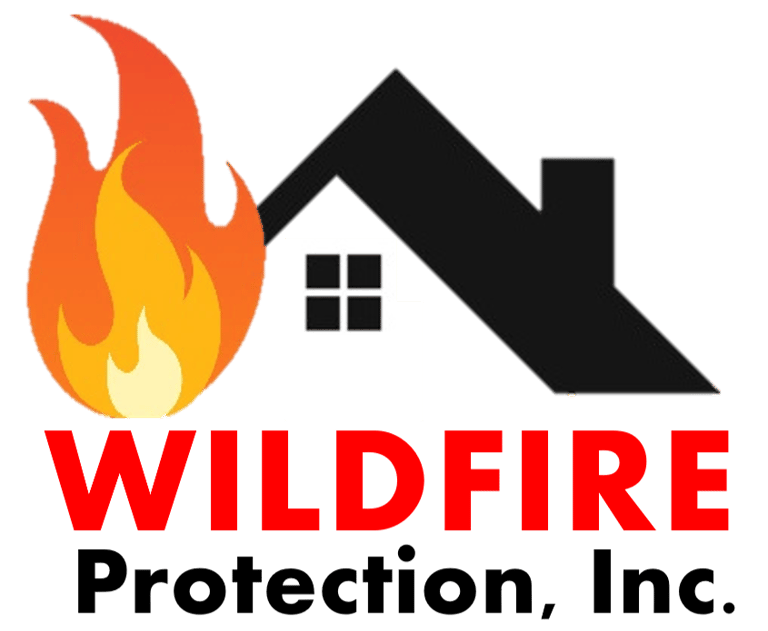Mass Evacuations and Mass Property Loss Fires: Part 2
The perils of mass evacuations


Mass Evacuations and Mass Property Loss Fires: Part Two
Because the overwhelmingly majority of residents are unprepared to defend their property from an advancing wildland fire, evacuations are entirely appropriate. The downside is, moving masses of vehicles out of an area facing a raging wildfire is often chaotic and dangerous. Although first responders are adept at compelling people to leave their homes, too many people are caught unaware or don’t believe the situation is as bad as it is. So, people often leave too late to have an orderly and efficient drive away from the fire. This leads to roads getting clogged, while the advancing fire consumes vegetation and structures and gets closer to evacuation routes. Many times, the evacuation routes are overrun by blinding smoke and or flames. Unfortunately, this results in serious injury or death.
It must be acknowledged, however, that masses of people do get out of the area safely. Is it an acceptable risk then, to allow some deaths to occur to save the majority? I think not, especially when there is a solution. The solution is so controversial, however, that it is often not even considered viable.
At one time, the notion that staying to defend one’s property was gaining acceptance. Then the catastrophic wildfire in Australia in 2009 occurred, which resulted from some of the worst fire conditions ever recorded in Victoria. Record-high temperatures and strong winds after a season of intense drought set the bush alight across the state, caused widespread devastation, 173 fatalities, and the destruction of more than 2000 homes. Australia had a stay-and-defend or go early philosophy that encouraged people to fight the flames with buckets of water, wet mops, shovels, and garden hoses, or leave well before the fire arrived. After this tragedy, the “stay or go” concept was abandoned. Throughout the United States, the horror of Australia’s catastrophe chilled any similar plan of “stay and defend.”
By this time, the incidence of mass property loss fires was in its early stages of reaching epidemic proportions in the US, and around the world even. So, what then is there to do? What lessons are learned from these massive fires? Can we save ourselves and abandon the idea of living in remote areas, or accept the inevitable loss of our homes and property?
In fact, we can live in vegetation rich environments, and still not lose our lives, our property, and our homes. But it takes preparation!
